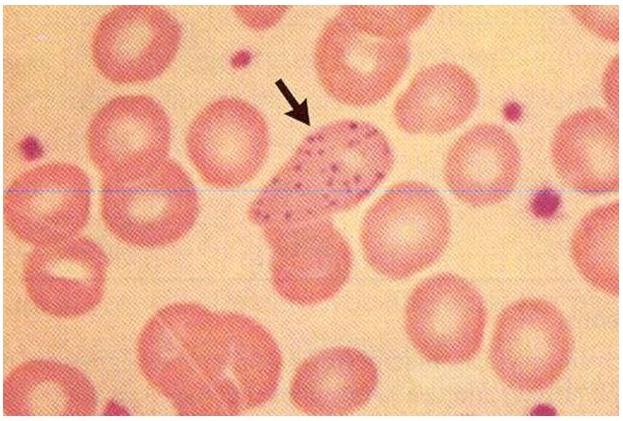CDC Lowers Blood Lead Level Criteria for Children After Major Budget Cuts

By now, most of us are onto the truth behind the Federal Reserve's inflation information, because even if we didn't get much beyond basic high school math, we know the price for gas and groceries have gone up a lot more than 2% the past couple years. And, we roll our eyes when the Bureau of Labor Statistics tells us the unemployment rate is 8.1%, knowing that we will have to dig through carefully culled data to get to the real unemployment story.
According to a Wall Street Journal article on May 16, the CDC has just lowered the "level of concern" (which the WSJ carelessly referred to as "the minimum threshold for lead poisoning") for blood lead levels, to 5 micrograms per deciliter in children under 6 years of age. Before this announcement the "level of concern" was 10 µg/dl for children under 6.
I never planned to learn about lead, but my rural community has been a Superfund site for almost thirty years, and the ongoing battle has been about lead. Here are a few facts about lead to put the CDC announcement into perspective:
--According to EPA Risk Assessments done for the California Gulch Superfund site, the national average blood lead level in 1978 was 15 micrograms per deciliter, and the CDC "level of concern" was 30 micrograms per deciliter.
--Since then lead has been banned in gasoline, paint, soft drink cans, solder, and most consumer products, and as of 2010, the national average blood lead level had dropped by 85%, to about 1.8 micrograms per deciliter, and it has continued to drop. Due to the overwhelming success of of the lead bans in lowering blood lead levels, the CDC has repeatedly lowered its "level of concern" (above which a blood lead level is deemed "elevated", not poisoned, although CDC has now proposed that the phrase "level of concern" be discontinued) to 10 micrograms per deciliter.
--According to Peter Samuel in Lead Astray: Inside an EPA Superfund Disaster, "By 1990, average blood lead levels in bodies of Americans--young, old, rich, poor, black, and white--had fallen dramatically from 13 micrograms per deciliter in the late 1970s to about 3 micrograms."And, "In 1971, 40 micrograms per deciliter blood lead was the accepted initial level of concern for children."
--According to the minutes from the CDC Advisory Committee on Childhood Lead Poisoning Prevention (ACCLPP), November 2011, "'Lead poisoning' was defined as 60 micrograms per deciliter in 1965...."
Peter Samuel also points out that, "Lead is a common element," with "trace amounts...in most surface soil and rock." He goes on to note that, "We know that many other elements that are harmful at high doses are helpful, or even vital, at lower doses. Intuitively one thinks that some biological processes will have positively harnessed the properties of lead in some way, since most similarly ubiquitous substances are so harnessed." Samuel accuses the National Research Council, EPA, CDC, and ATSDR of ignoring "...a body of scientific evidence that suggests trace amounts of lead are essential for good health."
At 10 micrograms per deciliter, currently about 1% of the nation's children under 6 have an elevated blood lead level. But, as the WSJ notes, by lowering the acceptable level to 5 micrograms per deciliter, "an additional 200,000 children could be found to have potentially harmful levels of lead." And given the budgets at stake, that may be the real reason for trying to get one more battle out of what Peter Samuel described in 2002 as "a lead poisoning problem that has already been won".
In the minutes of the November 12, 2011 ACCLPP meeting cited above, it was noted "that actions are being taken in the House and Senate to eliminate CDC's LPP [Lead Prevention Program] program", noting the "urgent need for individuals to contact the Congressional representatives to stop this effort." Apparently they weren't successful, as the WSJ article concludes, "The CDC revision comes as funding for its lead-prevention programs was reduced from $30 million to $2 million this fiscal year...." Coincidence?
So, from 40 micrograms per deciliter level of concern in 1971, we're now down to 5 micrograms, in a country where the average blood lead level is 1.8 micrograms. Apparently, just by changing definitions, a federal bureaucracy can justify maintaining or increasing a budget, by simply regulating a problem into existence.




